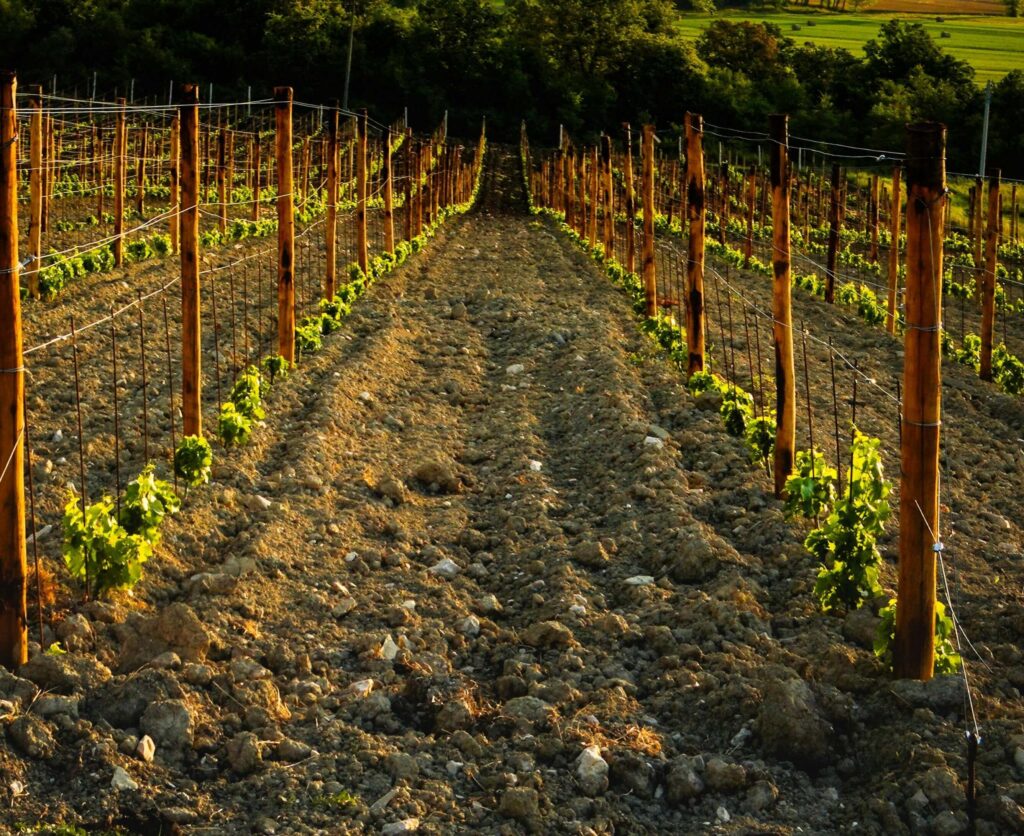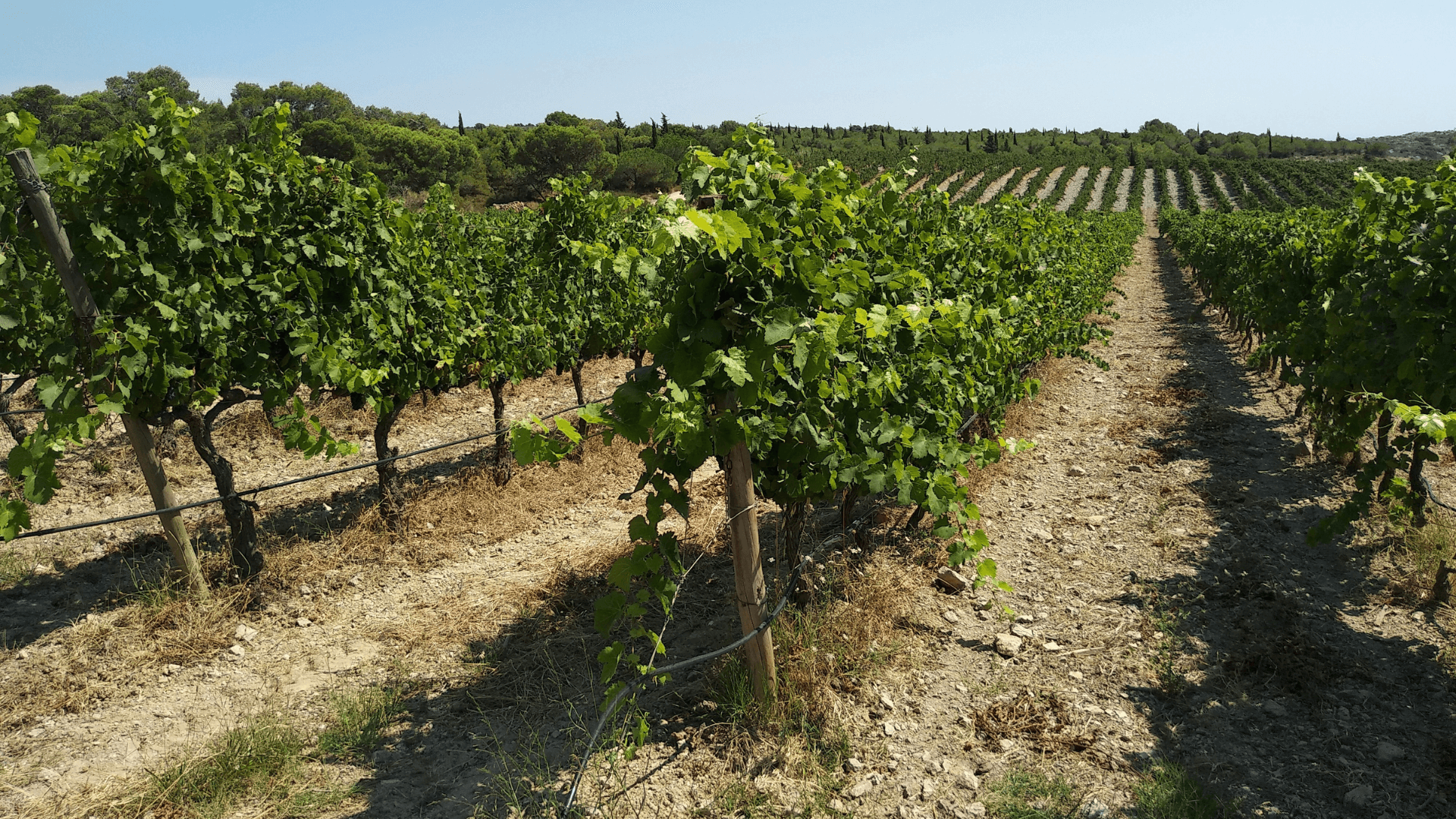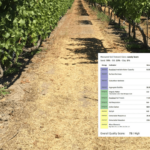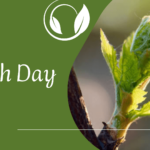Growing grapes and making your own wine can be the most exciting and rewarding work ever. However, you need to be ready for some hard work. If you are still undecided about your career as a winegrower, this article outlines some bullet points to consider before planting your own vineyard.
Do some research
First thing first, do your own research about growing grapes and wine production. Read as much as you possibly can about the topic. You can find a lot of useful information online and in different books. Since the best information comes from practice, make sure to connect and consult with local winegrowers.
Choose a variety
After the research, it’s time to choose a grape variety. Whether you decide to have one, two or even more varieties in your vineyard is totally up to you. Some winemakers choose varieties based on the taste of the wine they like, others based on the market situation, while some opt for the most common variety in the region.
The best thing would be to consider the local climate and geography. One variety can give you a completely different taste when grown on various soils. Some varieties prefer more dry and warm conditions than others. Choose a grape variety that grows and ripens well in your climate. Also, consider the pest resistance of a specific grape variety.
Choose a location
Choosing a location is anything but easy. When selecting the location, you should first consider how much wine you want to make. Then, you need to consider the shape of your vineyard, slope, solar radiation, frost and heat pockets, soil type, water, wind, etc. All of those factors impact grapes’ growth and taste.
Prepare the soil
Depending on the soil and variety that you have chosen, you need to prepare the soil for planting vines. Before you start preparing the soil, do a soil analysis, which will give you an idea of the soil’s nutrition and pH. Vines normally grow best in slightly acid to alkaline soil. Before planting and making trails, you should make sure that the soil is loosened and well-aligned.
Design the trellis
Vines need trellis after two years, but you should consider making them before you plant them so that you will not destroy and disturb young plants. Different trellising systems exist; depending on the climate and varieties, choose one that suits best.

Plant the vines
After you design the trellis, it’s time to plant vines. Choose grafts wisely (strong and virus-free); the best thing is to order them from a reliable supplier. You can plant grafts in spring or autumn; when you do, ensure the soil is neither too wet nor too dry. Before planting your grafts, trim their roots and water them for at least 24 hours. To plant a graft, dig a hole and leave 5-8 cm of graft above the soil surface. You can plant vines by hand or mechanically.
Maintenance of vineyard
In the first few years, the goal is to accelerate the good and healthy development of vines, so that vines grow as quickly as possible to the desired shape, and create In the first few years, the goal is to accelerate vines’ good and healthy development so that vines grow as quickly as possible to the desired shape and create a large and healthy root system. In case any of the plants collapse, plant a new one. Maintenance of the vineyard includes treatment of the vineyard soil between rows and plants, fertilization (to provide necessary nutrition), and weed and pest control. Remove all flowers and fruits in the first and second years to get a strong root system.
These are some points to consider before planting your own vineyard. Above all, be patient; plants need time to develop and produce grapes.
Sources:
Vineyard Establishment II., Michigan State Uni. Extension
From vines to wines, Jeff Cox
Different manuals for wine-growing
Featured image: by Pablo Herrera on Unsplash





4 responses to “What to consider before planting your own vineyard”
I thought it was interesting when you explained that it is important to consider the shape of a vineyard when you are looking for a location to start it. My sister lives out in the countryside, and she is thinking of starting a vineyard so that she can bring in some extra income for her family. I would imagine that it would be a good idea for them to hire an excavation company once they find a good location to plant.
Hello Thomas, yes if she has no experience in vineyard management, it’s definitely the best idea to hire a vineyard management company that can help her out in every aspect of vineyard management. It would be great if she can find some in the local area, to lower the costs and to be sure they know the area and its specifics.
Hello Urska
Trust you are well?
I am based in Franschhoek, South Africa! At the moment we are removing our vineyard, due to roll leaf virus. What ground cover or alternative plant would you suggest to plant, for 2 seasons while we eradicate the bug in the soil, as we want to plant vines again.
Many Thanks
Gary Rose
Hello Gary, did you maybe make any soil test to have an idea of soil organic matter, pH, and basic soil nutrients? If you didn’t make any, then look for covers that increase the soil’s organic matter and nitrogen level, as well as represent a good environment for natural enemies of mealybugs and scale insects as they are transmitters of grapevine leafroll disease. There are hundreds of natural enemies that can attack mealybugs, such as Anagyrus spp., C. perminutus , and L. dactylopii for parasitoids, and Nephus bineavatus (Mulsant), Nephus angustus (Casey) and Nephus quadrivittatus (Mulsant). On the other hand, biological control is severely hampered by the presence of ants, as they provide biological refuges for the mealybugs. Biological controls are a key component of mealybug pest suppression measures in vineyards. So have that in mind also when you will re-plant the vineyard.
You could use a common blend of cover crops that include mixtures of forage grasses or cereal grains, legumes, and members of the mustard family. You can learn more about vineyard cover crops here: https://www.evineyardapp.com/blog/2016/11/23/cover-cropping-alternative-to-herbicide-use-in-the-vineyard/
In case you also have a problem with nematodes, then use cultivars with good biofumigation potential. I believe in South Africa cultivars such as Nemat, white mustard, Indian mustard, and Canola are commercially available.